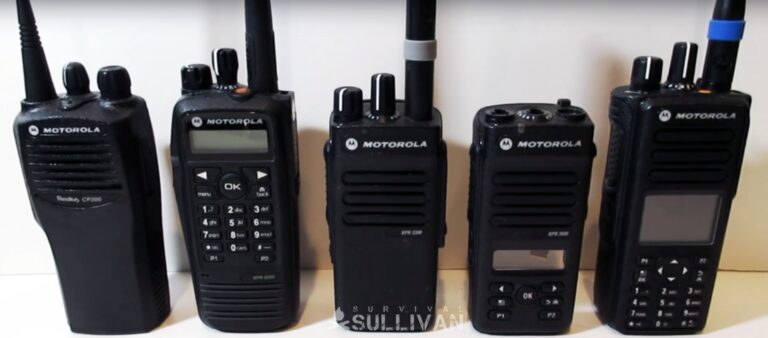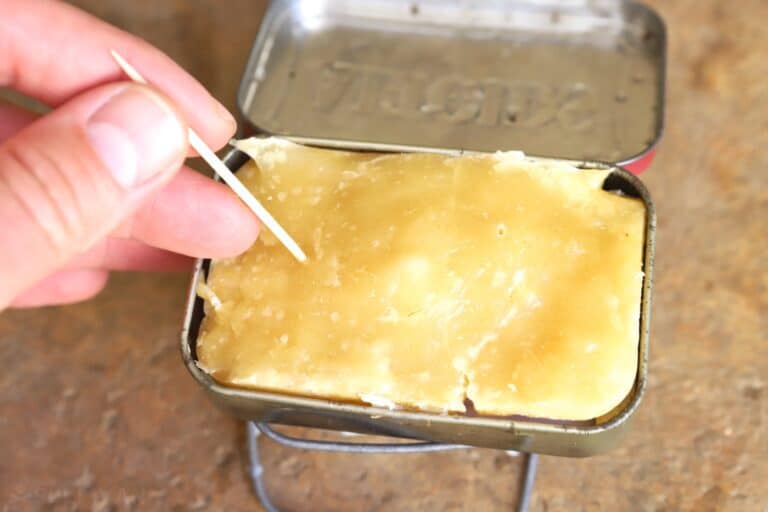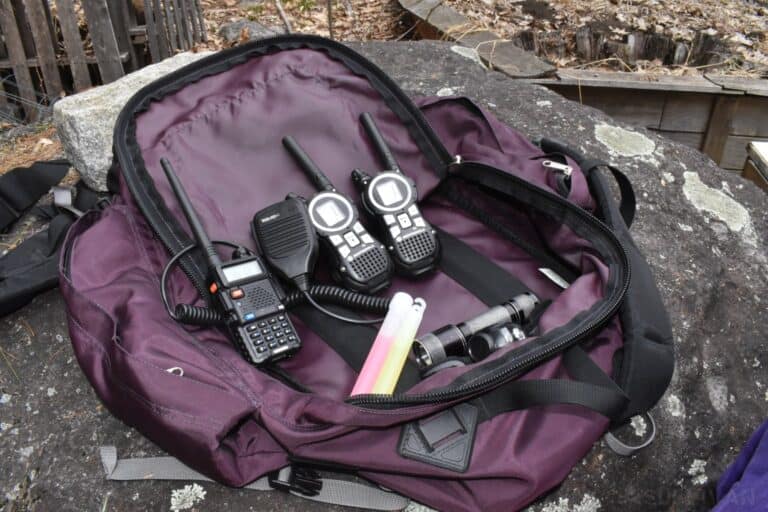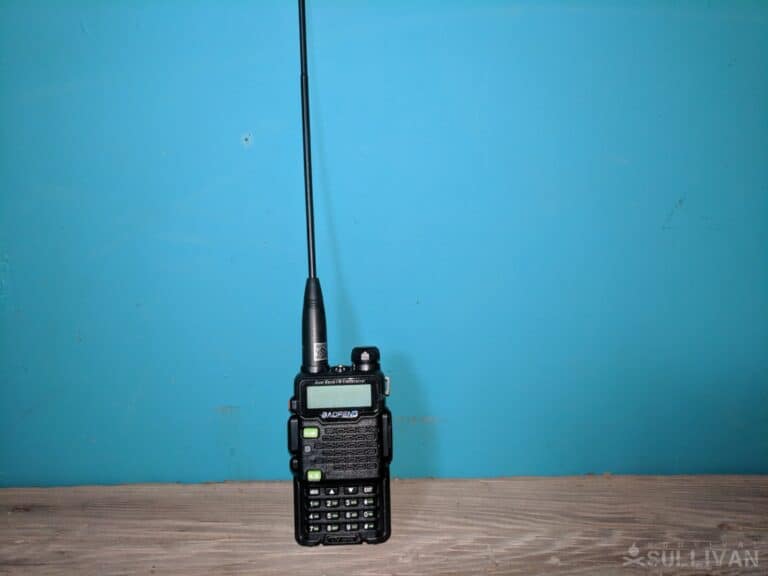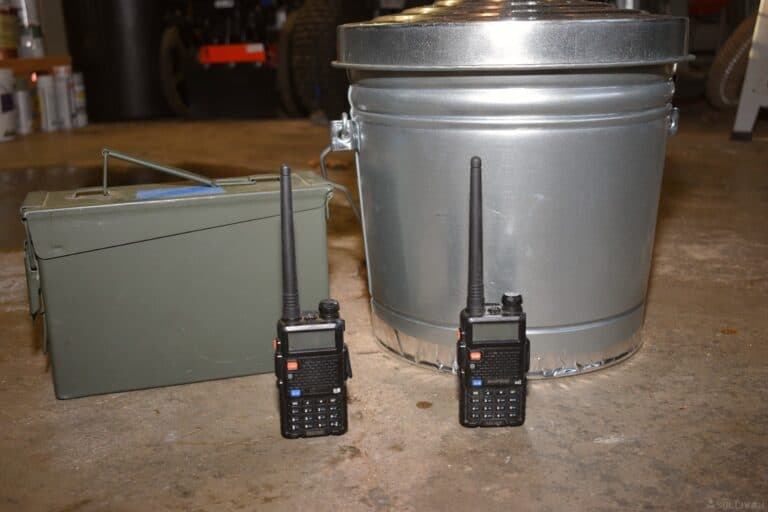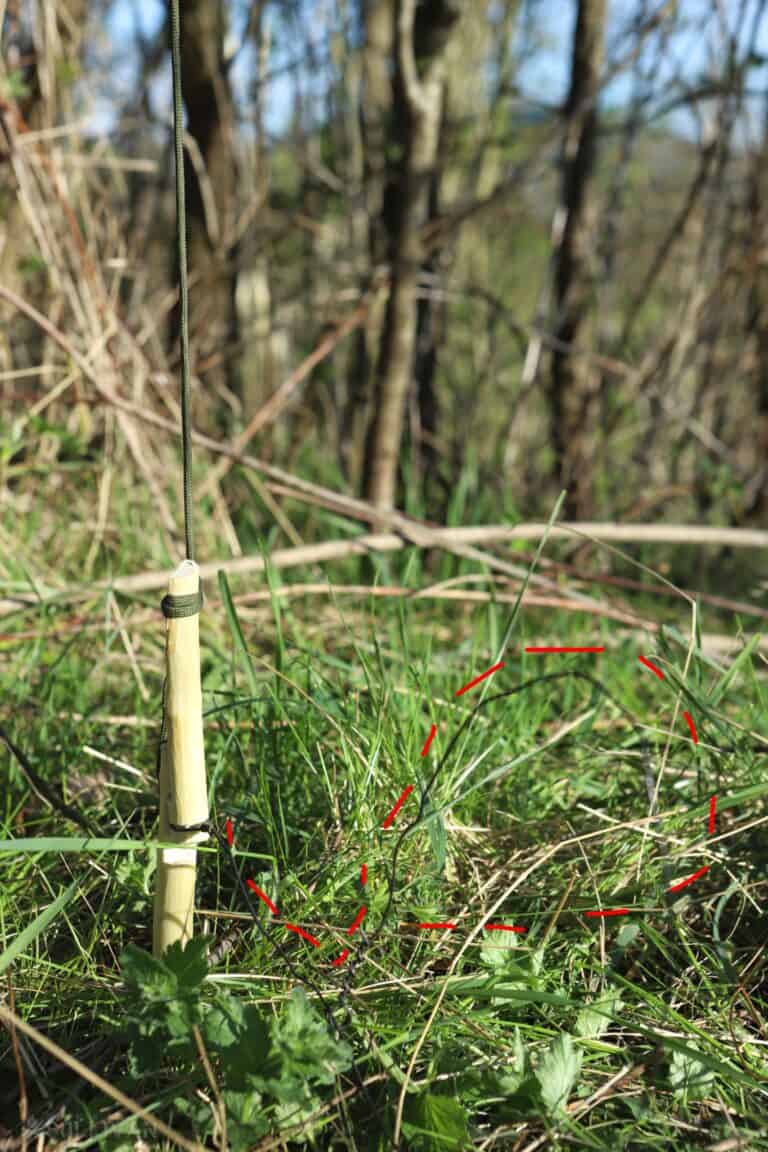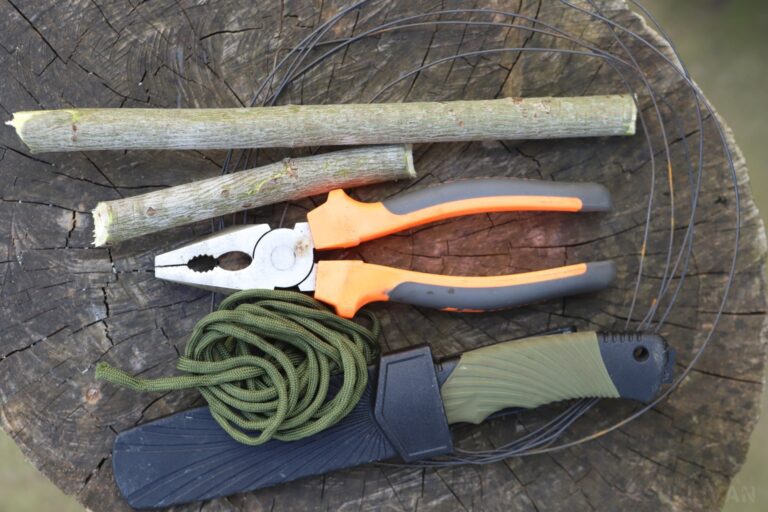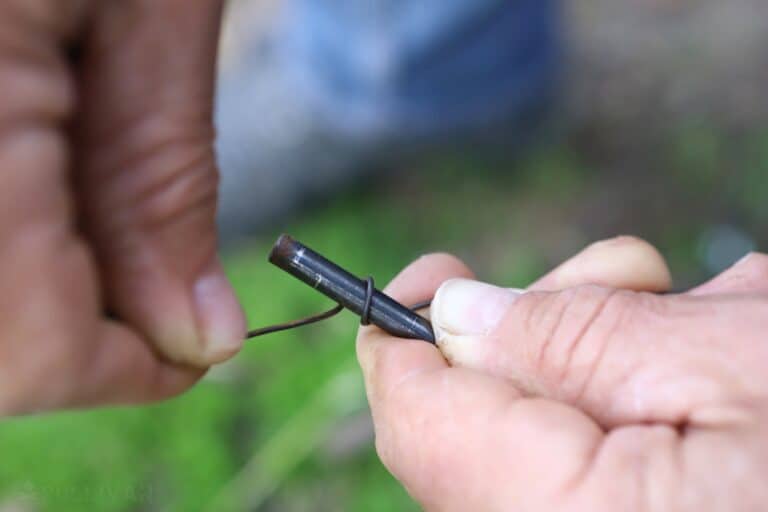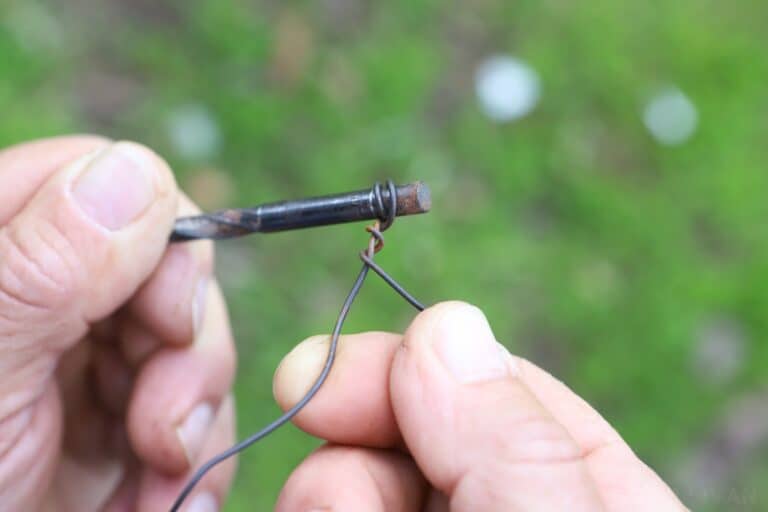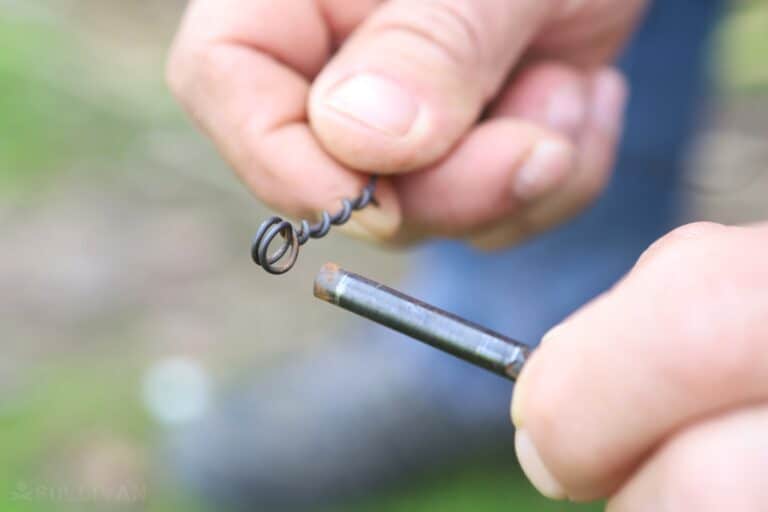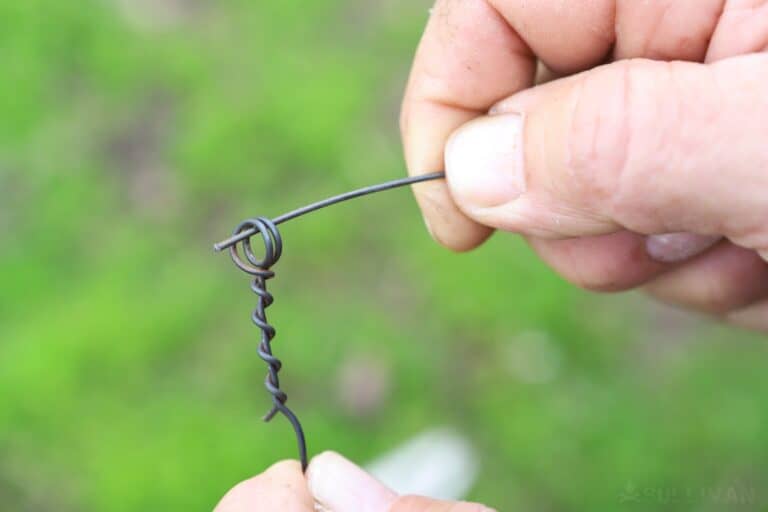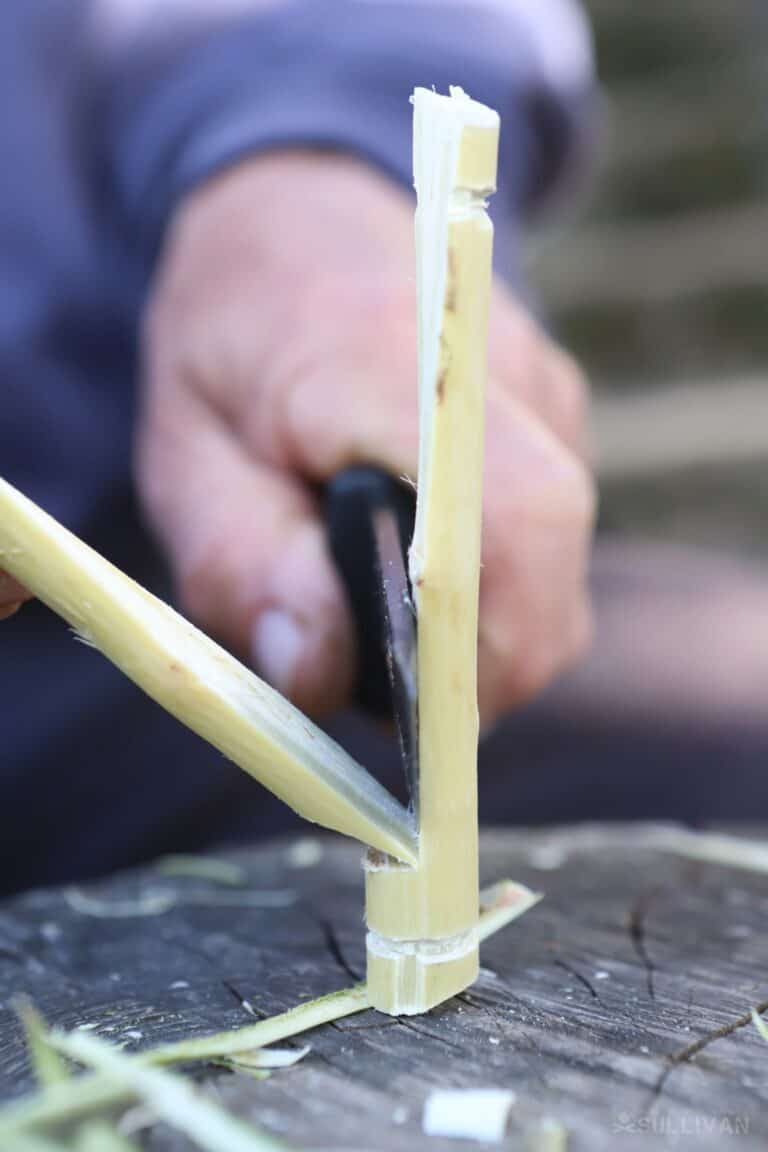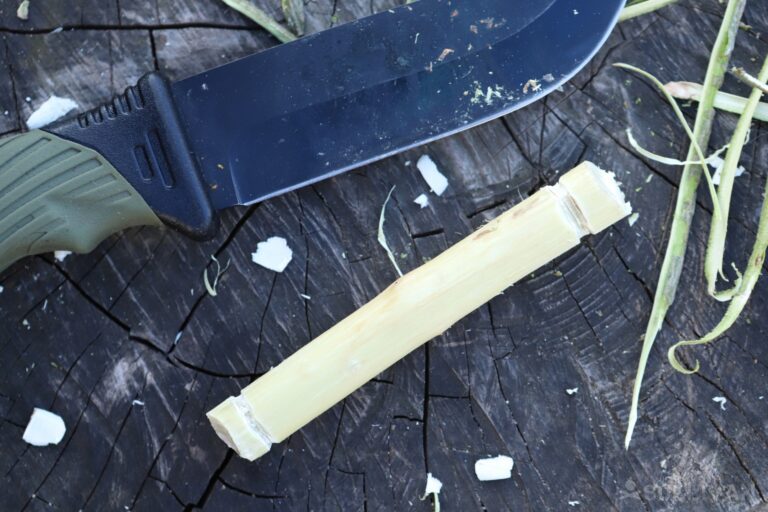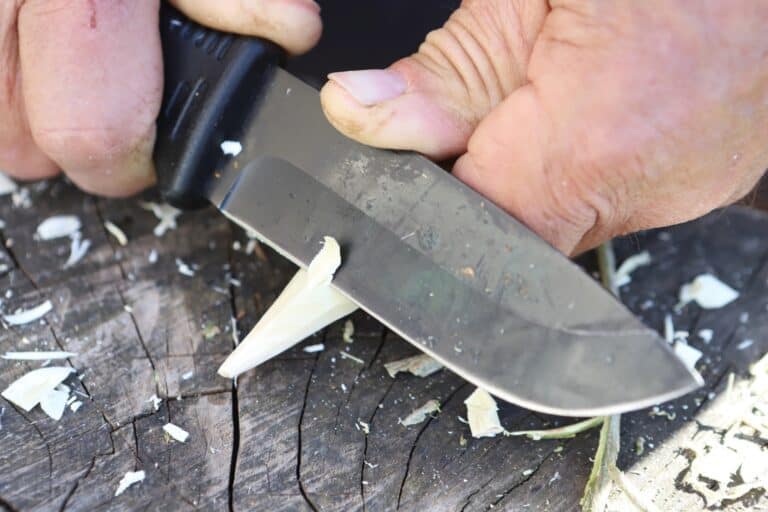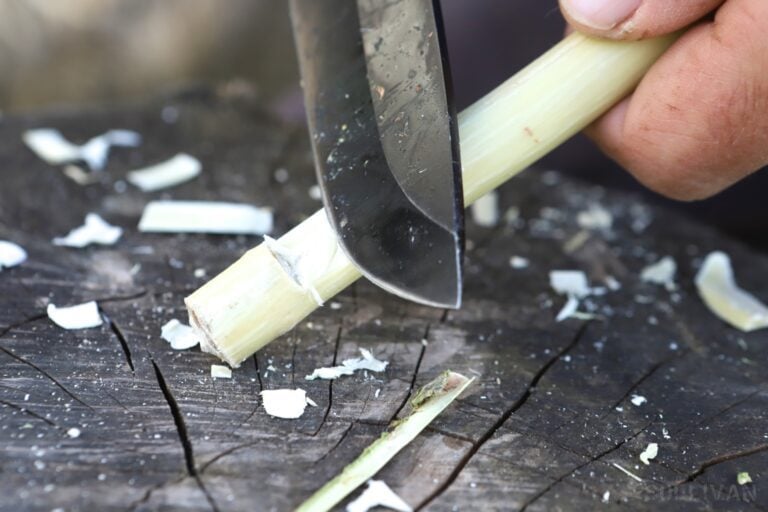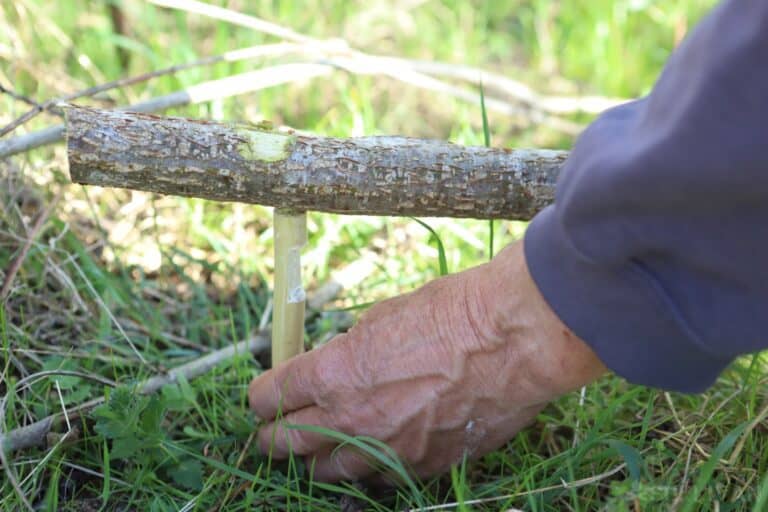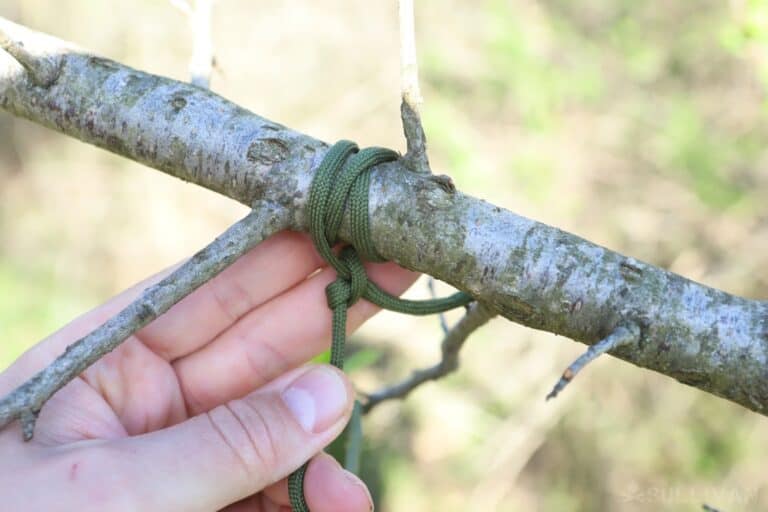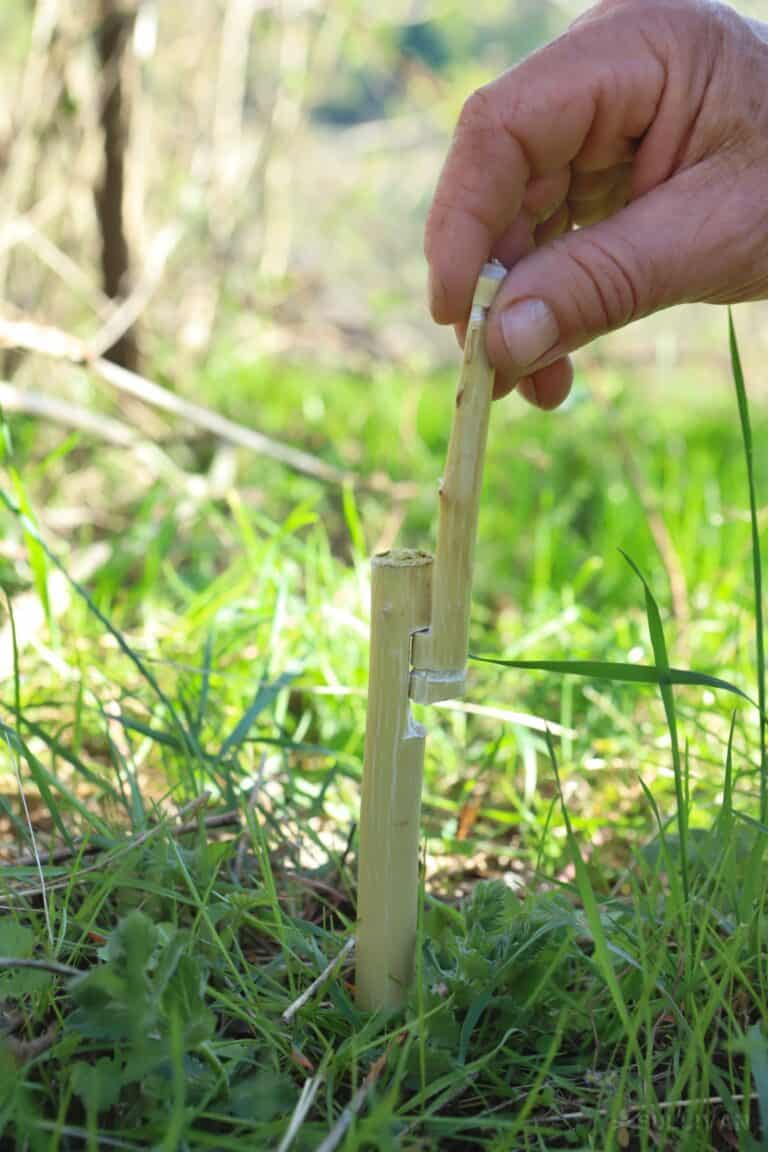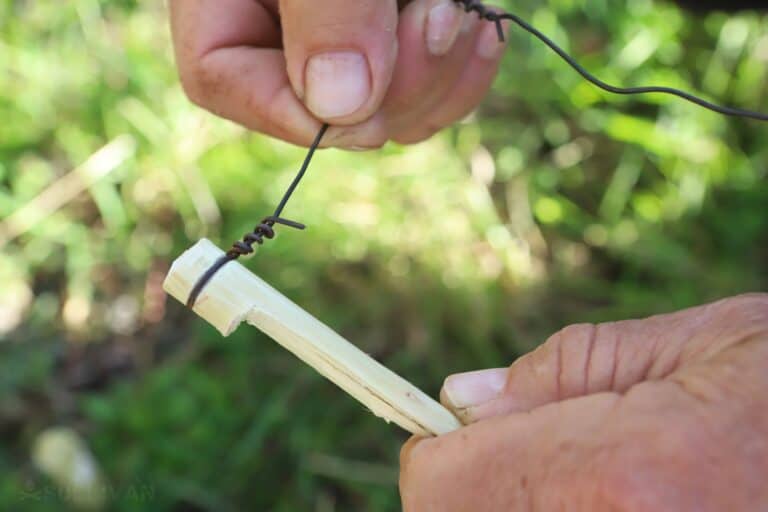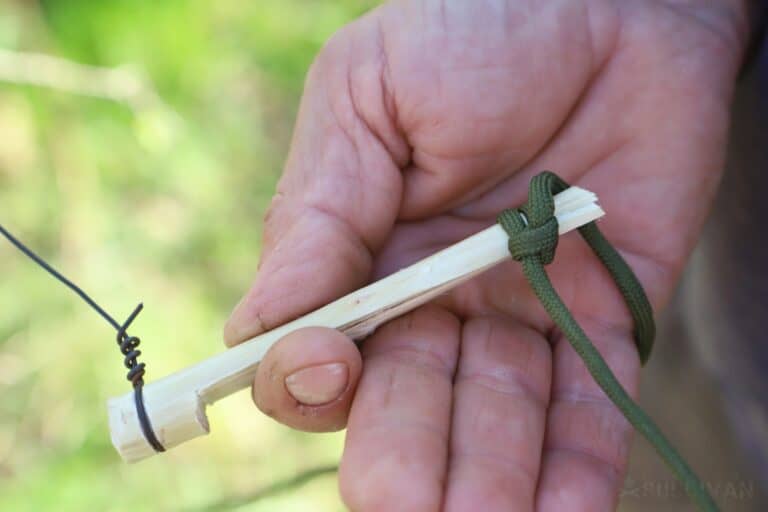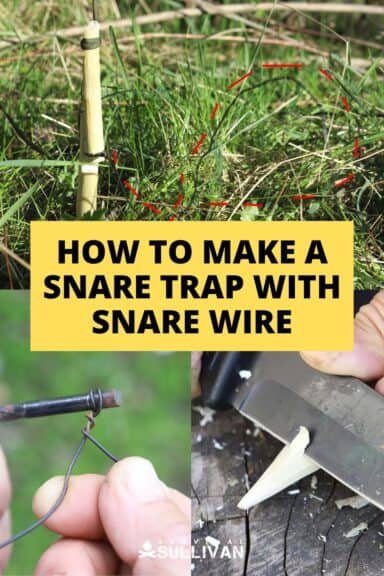Smart preppers know that maintaining communications is critical in times of trouble. Whether you need to check in with family, distant neighbors, or other people in your survival group, nothing beats electronic communications for speed, ease, and efficiency.
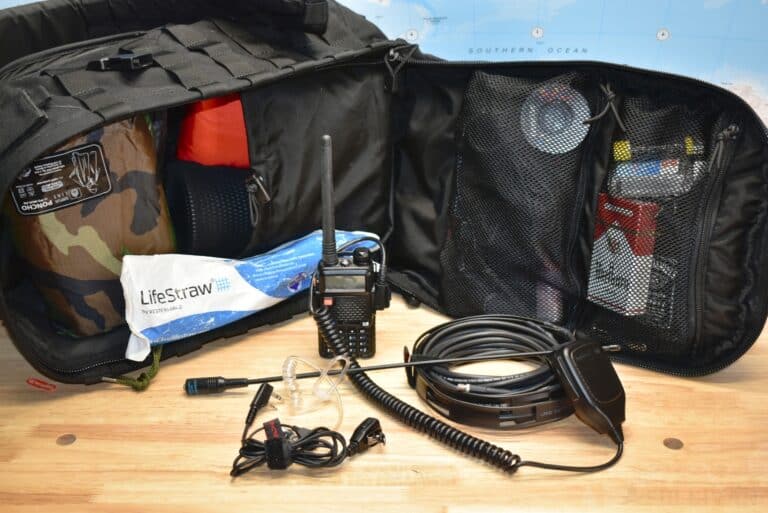
The problem is that cell phone networks and landlines are disproportionately vulnerable to disruption or destruction by all kinds of things, be it natural disasters, government intervention, or just high traffic.
A better bet for preppers is radio. As long as you have a power source to set and an antenna, and the people you’re trying to reach have the same, you can get in touch if you’re in range and know what to do. You’ll hear about two radio services constantly in this context, GMRS and ham.
Both have advantages, both have disadvantages, and everyone has a favorite. But what are the differences, and what do they mean for someone who is just getting into radio communications? I’ll tell you all about those differences and more need-to-know info in this guide…
Ham Radio Licensing Requires Testing and Has Multiple Grades
Let’s get the boring stuff out of the way first. For starters, both ham and GMRS, or general mobile radio service, require licensing for legal operation.
In the case of ham radio, you’ll need to pass a test to demonstrate an understanding of the law and radio theory, along with proper procedures in operation, to legally get on the airways and transmit.
But that’s not all. Ham radio entails different levels of licensure with increasing privileges and transmission power available to those who show they have what it takes.
In order, they are the Technician Class, which is the entry-level license, the General Class, and the Amateur Extra Class. You have to hold the prior grade of license to qualify for testing for the more advanced ones.
A Technician Class license will give you access to VHF and UHF bands and entails a 35-question multiple-choice test. General Class will give you access to more bands, while the Amateur Extra Class will allow you to use the special Amateur Extra-only bands.
Getting into ham radio legally requires study, and a thorough understanding of the principles of radio communication. It isn’t as quick as setting up and signing on with GMRS.
Maximizing it also means you’ll have to test several times in order to get all of the perks and privileges. Remember, you can’t transmit without a license, so make sure you follow the rules!
A GMRS License Requires No Test and Covers Immediate Family
Completely different from Ham radio, GMRS licensing requires only that you pay a fee. There is no testing requirement to demonstrate knowledge of law, use, or radio theory!
What’s more, your GMRS license also covers your immediate family members, meaning you can pay the fee one time and enjoy the benefits of this radio service with your family for all sorts of tasks.
Also, there’s only one grade of license, and everyone gets access to the same bands and the same level of power depending on the type of set.
This makes GMRS much quicker and easier to get on the air with, but it will ultimately be quite limited in terms of capability and scope compared to ham radio.
Ham Radio Can Use Far More Power for Transmitting
A major difference between ham and GMRS radio is the level of power that can be used for transmission. Here, ham radio blows GMRS away. Ham radios can transmit using up to 1500 watts of power for high-frequency communications.
GMRS is limited to a maximum of 50 watts for mobile or fixed base station sets, and a meager 2 watts for handheld radios.
This does not mean that you can’t do what you need with a GMRS radio, but if long-distance communications, especially in less-than-ideal conditions, are on your mind, ham is definitely the way you’ll want to go…
Ham Radio Can Operate Worldwide
The greater power and flexibility of ham radio mean it can operate worldwide. Using ham radio, you can easily contact people across the county, across the state, across the nation, or across the globe once you know what you are doing and assuming conditions are favorable.
Ham operators routinely engage in DXing, a practice of trying to make extreme long-distance contact with other stations that are way off the grid. Or sometimes even in space! It’s true; the International Space Station has its own ham radio!
By comparison, GMRS radio, even in ideal conditions and at its most powerful, has a far more limited range, about 25 miles at most. This is certainly a huge improvement over CB radio and FRS radio, a closely related service, but is only a fraction of what a good ham setup can do.
Ham Radio Can Operate in Multiple Modes; GMRS is FM or Text Data Only
It’s a lot more involved, but ham radio gives users considerably more flexibility in communications. Ham radio can transmit packets of information for text, images, and a lot more, and communicate using simplex, repeaters, and non-FM modes.
With the rise of internet-based radio communications, the sky’s the limit in terms of redundancy and niche application. It really is limited only by your imagination, the law, and your technical skill!
GMRS has a lot less to offer savvy users, being capable of FM operation and text or GPS data only. Again, potentially more than enough for most preppers, especially folks who don’t want to go deeply into the rabbit hole of radio theory.
But there’s no denying that ham radio can open up an entire world of off-grid communications even when cell and internet services are completely down.
Ham Can Access HF and VHF Bands; GMRS Can’t
By type and by law, GMRS radio is restricted to UHF frequencies only, namely 462 and 467 megahertz, spread across 22 channels.
This is more than adequate anywhere there isn’t a ton of traffic, but in suburban or urban areas, you’ll find that the airwaves might be quite clogged indeed. Definitely something to think about if you’re a prepper living close to the city!
Ham radios have access to HF, VHF, and UHF bands spread across 420 to 450 MHz.
Depending on what you are doing and when you’re on there during the week, you’ll run into lots of traffic on certain frequencies, but it’s a rarity you won’t be able to find some clear air for one purpose or another with ham.
GMRS Radios are Limited by Type
For tinkerers and people who want to optimize their setup or just customize it for their specific needs, ham radio is the only way to go because you can build or modify your set to your heart’s content as long as you stay within the bounds of the FCC law.
A capable ham radio setup of any kind typically costs more than a comparable GMRS set, but is far more capable.
Your GMRS radios, on the other hand, are type-approved equipment only, meaning you can’t tune them up, get more capability out of them, or in many cases, modify them in any way except perhaps by adding a better antenna or other accessories.
For folks who might have changing needs or want to adapt their equipment to shortcomings or anticipated problems, ham radio will give you the freedom to do that.

